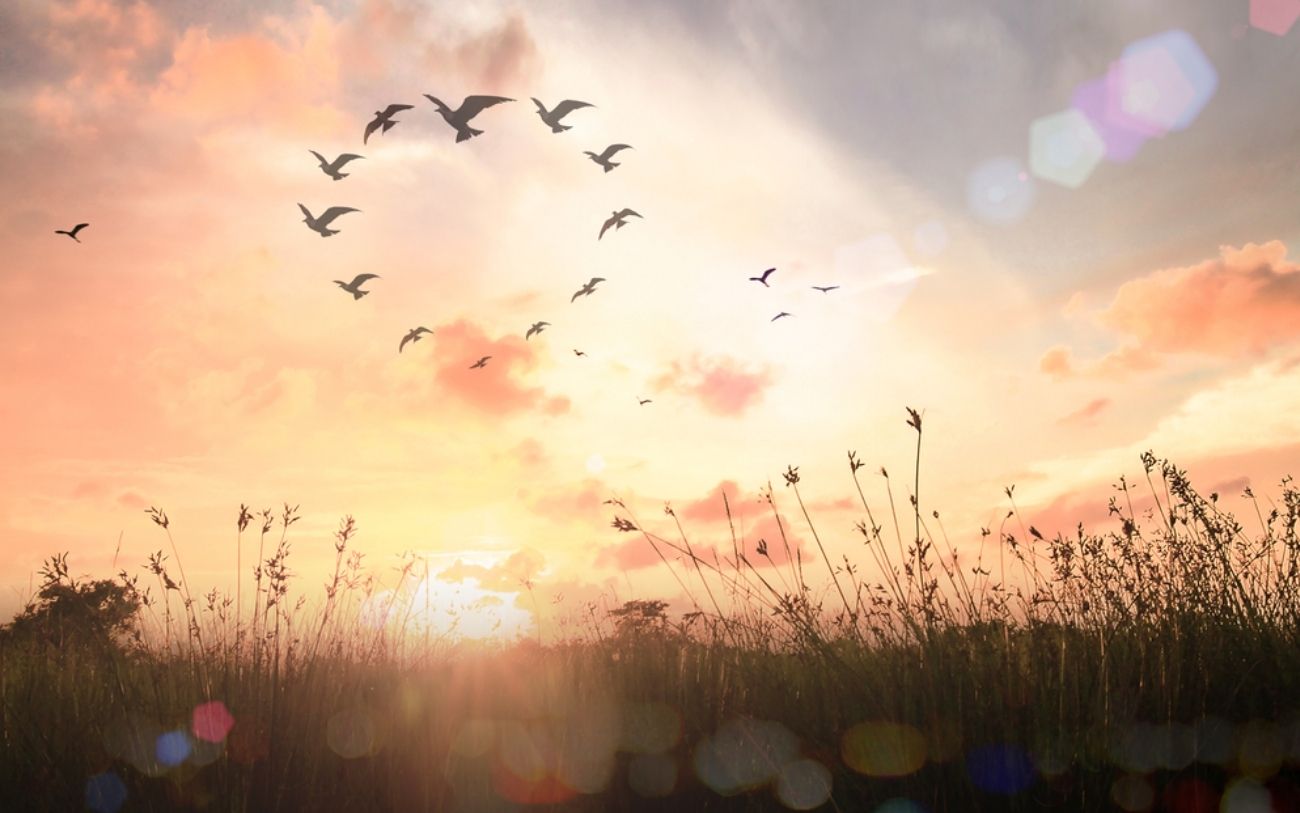WHAT HAVE YOU GIVEN TO THIS LIFE?
Although my relationship with the art of painting is not very deep, our relationship can rather be defined as visiting museums and exhibitions, connecting with the work and its creator, thinking about the periods it belongs to and discovering the emotions it evokes in me.
In this journey of discovery, I can easily say that Vincent Van Gogh (1853-1890) touched my heart the most. In the cities where I have the opportunity to travel, I always visit the places where his works are located. In fact, there have been many times when I felt very lucky, I have come across his temporary exhibitions during my visits to different cities and got lost in them.
Martin Seligman, known for his studies and contributions on positive psychology, defines the concept of “transcendence”, one of the six main virtues in his book Authentic Happiness, as the state of being part of a whole greater than ourselves. According to him, this state is to see the beauty and perfection in nature, art, mathematics or science that arouse admiration and amazement in the course of daily life. Being aware of and grateful for the good things in life, looking to the future with hope and optimism, living in a purpose-oriented endeavour, and believing that life has a greater and wider meaning are listed as the characteristics of “transcendence”. And passion is the state of dedication to what you do with your whole body and soul.
Van Gogh’s life, works and words inspire me every time I meet him, perhaps because he represents all of these things. Van Gogh’s perseverance and passion despite all the difficulties he encountered, his persistence in seeing the beauty in life, and his belief that he was doing something useful are rare.
As we flow through life, we often think about our expectations from life. We have a lot of plans for ourselves, work, family or loved ones. Although life consists of what we receive and what we give, the question remains on the surface; “What has this life given me?” It seems like we always have something to get from life. Some of us even focus on this state of give-and-take even in our relationships. Life is full of plans, predictions, goals and expectations. How much of these expectations have been met and how much is left? Year-ends and birthdays are ideal for drawing up these balance sheets. Existing and new expectations are reworked, listed and the internal questioning continues; “Are my expectations from life being met?”
For a long time, I have been thinking about the doors opened by asking the question backwards; “What do I give to life?” For me, life is a whole beyond a lifetime, consisting of the relationships that fit into that lifetime, every person we come into contact with, every environment we set foot in, every work we do, every word we say and even our conscience. While one part of me says that we should not think ourselves bigger than we are with our tiny state as small as this point in the universe, and that we should not fall into arrogance by exaggerating our two-digit lifespans in billions of years of earthly life, the other part of me says that being “human”, remaining virtuous, developing, maturing, starts from these unique states of ours and writes a whole human history. I think the best solution lies in the concept of “balance”. Let us focus on how it is possible to contribute to the large and small worlds in which we are personally involved, to create benefit for the whole without drowning in arrogance, and to leave a personal mark.
Although Van Gogh had hundreds of works under his signature, only one of his works was sold before his death, and his persistent and passionate production was undoubtedly triggered by the fire within himself. I remember the following sentence that filled my eyes at an exhibition in Otranto, Italy: “After my death, if even one person looks at my paintings and we meet in the emotion of that painting, it means that I have not lived in vain.” It is precisely because of this personal intention that he was able to meet millions of people more than 100 years after his death. I am glad that he did not quit or give up and that we had the chance to meet with his beautiful works and discover the world from different perspectives.
The existence of each of us creates a domino effect in life. We experience some of them consciously, but even when we are not aware and conscious, we continue to create an impact. In fact, sometimes we are not even witnesses of what kind of impact we create. Not only because we pass away from this world, but also because we do not have the opportunity to see the next life frames of the person we have influenced… Children repeat the behaviours of their parents, those who take their first steps in business life look carefully at how their first managers eat yoghurt, we envy the stories of those we are inspired by, and we take the attitudes and behaviours of those we see as role models as examples. Each of us has a small or larger number of followers. When we look with this consciousness, life is a bigger cycle beyond what we see today. As mentioned in the concept of “transcendence” at the beginning of this article, let’s look at what we contribute to this life as relatively small parts of a larger world and state of being. The maturity of people who live life through the elements they value and find meaning in, and the richness of their stance may be hidden in the contribution they make to life.
(*) Van Gogh’s Starry Night Over the Rhone dates from the period when he lived in Arles in southern France (1888).




